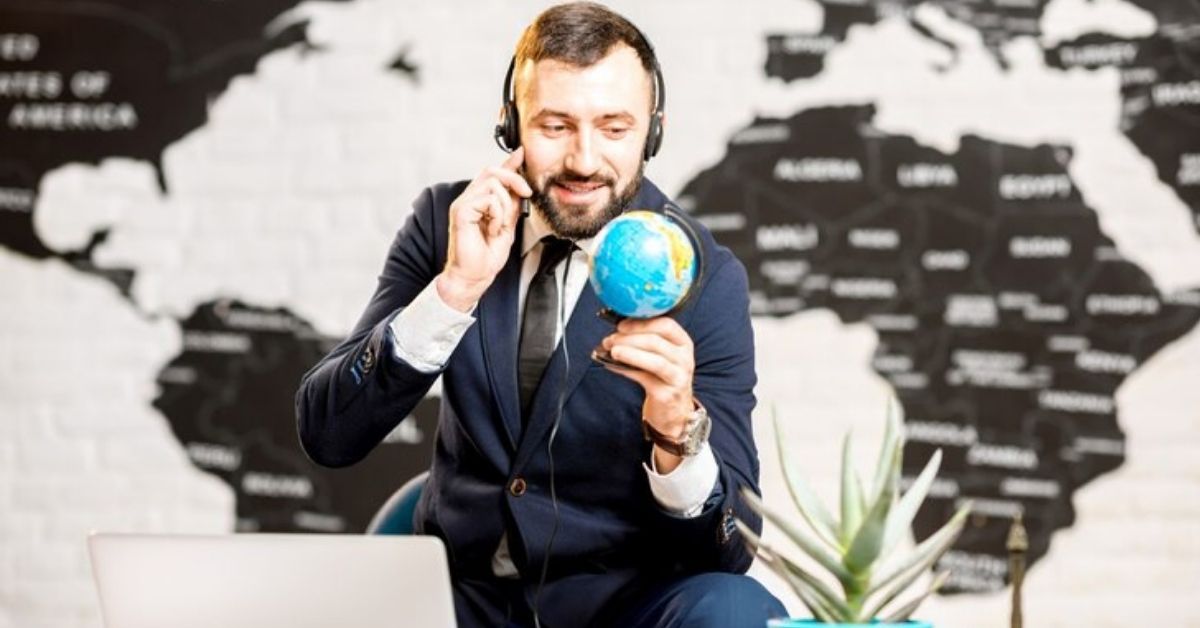Pöversätt is a Swedish word that translates to “translate” in English, and it’s widely used in various contexts, particularly in the digital age where communication across languages is more important than ever. But why is understanding translation so crucial? Well, in today’s interconnected world, translation breaks down barriers and fosters communication between people of different languages and cultures. So, let’s dive into why “pöversätt” is more relevant now than ever before.
The Evolution of Language Translation
Translation has existed for centuries, but it has evolved significantly over time. In ancient civilizations, translation was a manual task performed by scholars or translators to facilitate communication between cultures. Fast forward to the present day, and we see a shift from human-based translation to machine and AI-powered tools. These advancements have made translation faster and more efficient, changing the way we interact globally.
Pöversätt in the Context of Modern Language Use
So, what role does “pöversätt” play in modern communication? Well, with the rise of global connectivity, we use translation more than ever. From international business deals to simply reading a foreign blog, translation plays a pivotal role in how we access information and connect with others. “Pöversätt” reflects the need to bridge linguistic gaps in our increasingly globalized world.
Different Types of Translation Methods
Translation can be done in several ways, but it typically falls into two categories: manual and machine translation. Manual translation is done by humans who understand both languages and the context in which the translation is used. Machine translation, on the other hand, is done by algorithms and AI, which can process languages at lightning speed but sometimes lack the nuances of human understanding.
How Pöversätt Benefits Different Industries
From education to travel and business, “pöversätt” is a game-changer. In education, it helps students learn new languages and read textbooks from different cultures. In business, it enables companies to expand globally, making their products accessible to international markets. Travel benefits from translation tools, making it easier to navigate foreign countries and interact with locals. The world is at our fingertips, and “pöversätt” plays a big part in making that happen.
Challenges in Translation
However, translation is not always perfect. Language barriers, context, and cultural differences can lead to misinterpretation. Even the most advanced AI-powered translation tools struggle with idiomatic phrases, humor, and other nuances. That’s why understanding the challenges in translation is crucial—it’s more than just word-for-word conversion.
Technology and AI in Translation
Technology has significantly improved translation over the years. AI-powered tools like Google Translate and DeepL can instantly translate text or speech, making communication easier than ever before. While these tools are incredibly convenient, they still have limitations, particularly when it comes to context and deeper meanings in translation.
Pöversätt in Social Media and Online Communication
Social media has become a major player in global communication, and “pöversätt” is at the heart of it. Whether you’re reading a tweet from a celebrity in a different language or engaging in a conversation with someone from another country, translation tools help make these interactions possible. With just a few clicks, we can overcome language barriers and engage in real-time global communication.
Localization and Its Role in Translation
Localization is a term that refers to adapting content for a specific audience, including language translation, but also adjusting cultural references, images, and even colors to suit local preferences. Localization is a key part of successful translation because it ensures that the content is not only understood but also resonates with the local audience.
The Role of Human Translators vs. AI
While AI-powered translation tools are powerful, they can’t replace human translators. Human translators are necessary when dealing with complex content that requires an understanding of cultural context, idioms, or specialized fields like legal or medical translation. AI can’t always capture the nuances that a human translator can.
Pöversätt in the Context of Legal and Medical Fields
In fields like law and medicine, translation accuracy is critical. Misinterpretation in legal documents or medical instructions can lead to serious consequences. That’s why human translators are often preferred for these sectors, where precision is non-negotiable.
The Future of Translation: What to Expect
As technology continues to advance, so too will the field of translation. We’re already seeing the integration of AI with speech recognition, making live translation easier than ever. Future translation tools may even understand context better, adapting more effectively to different cultural and social nuances.
Pöversätt in Popular Media
In movies, books, and shows, translation plays a crucial role in how content is presented to global audiences. Subtitles and dubbing allow us to enjoy content in different languages, expanding the reach of global media. Pöversätt is key in making this happen and ensuring the integrity of the original content is maintained.
Tips for Using Pöversätt Effectively
To get the best results with translation tools, always check for accuracy. Avoid overly complex phrases or idioms, and try to keep your language simple and clear. Use multiple tools to compare translations, and when possible, consult a human translator for important documents.
Conclusion
“Pöversätt” has become an essential part of our modern communication toolkit. Whether you’re traveling, studying, doing business, or just browsing the internet, translation makes it all possible. As technology continues to improve, the future of translation looks bright, with AI playing an increasingly important role. However, human touch will always be necessary, especially for more complex, sensitive tasks.
FAQs
What does “pöversätt” mean?
“Pöversätt” is a Swedish word meaning “to translate” in English.
Can AI translation tools replace human translators?
While AI tools are useful, they still can’t fully replace human translators, especially for complex or sensitive content.
Why is localization important in translation?
Localization ensures that translated content resonates with the local audience by adapting cultural references and other elements.
What are the challenges in translation?
Challenges include language barriers, cultural nuances, and context-specific meanings that AI might miss.
How can I improve the accuracy of my translations?
Use multiple translation tools, keep your language simple, and consult professional translators for important documents.

